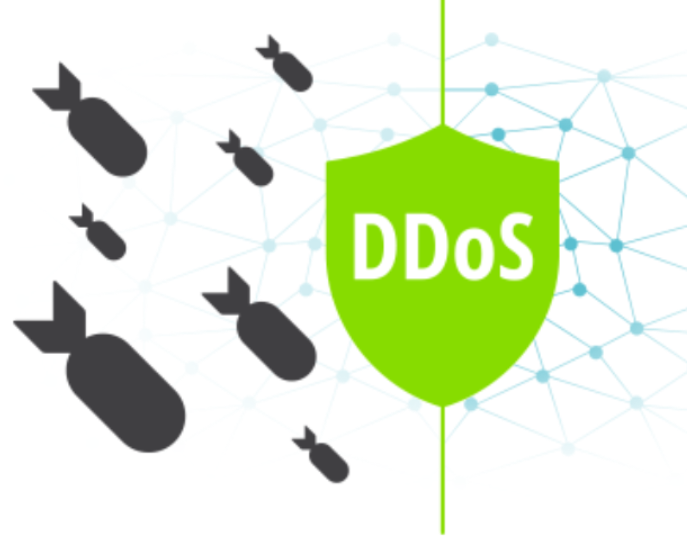
In today's digital landscape, DDoS (Distributed Denial of Service) attacks have become one of the most common cybersecurity threats. Attackers flood a website with massive amounts of malicious traffic, overwhelming server resources and causing downtime. To combat these attacks effectively, Content Delivery Networks (CDNs) have emerged as a crucial tool for website security. This article explores how CDNs and DDoS protection work together to safeguard websites from cyber threats.
1. Common Types of DDoS Attacks
Before understanding how CDNs help mitigate DDoS attacks, let’s look at the most common types of DDoS attacks:
Volumetric Attacks: Attackers send excessive amounts of traffic (e.g., UDP flood attacks) to overwhelm the network bandwidth, preventing legitimate users from accessing the website.
Protocol Attacks: These attacks exploit network protocol vulnerabilities, such as SYN floods or Ping of Death, to exhaust server resources and crash the system.
Application Layer Attacks: More sophisticated than volumetric attacks, these target the application layer (Layer 7) by mimicking legitimate user behavior and sending excessive requests (e.g., HTTP flood attacks), slowing down or crashing the website.
2. How CDN Protects Against DDoS Attacks
A CDN acts as a protective shield by distributing website content across multiple edge servers worldwide, reducing the impact of DDoS attacks. Here’s how CDNs enhance security:
A. Traffic Distribution and Load Balancing
CDNs distribute incoming traffic across multiple servers, preventing attackers from overwhelming a single origin server. Load balancing ensures that no single server is burdened with excessive requests, keeping the website online even under heavy traffic.
B. IP Masking and Hidden Origin Server
By serving content from edge servers, a CDN hides the real IP address of the origin server. Attackers cannot directly target the main server, reducing the risk of a direct-to-origin attack.
C. Rate Limiting and Bot Filtering
CDNs use intelligent traffic filtering to block malicious requests and mitigate bot-driven attacks. Techniques include:
Rate Limiting: Restricts the number of requests from a single IP address.
Bot Mitigation: Identifies and blocks malicious bots attempting to flood the website.
D. Anycast Network for DDoS Absorption
Many CDNs use Anycast routing, which spreads attack traffic across multiple geographically distributed data centers. This disperses the load, minimizing the impact on any single server and keeping the website operational.
3. CDN + Dedicated DDoS Protection: A Powerful Combination
While CDNs help mitigate many forms of DDoS attacks, combining CDN with dedicated DDoS protection services enhances security even further. Some additional security features include:
Web Application Firewall (WAF): Protects against SQL injections, cross-site scripting (XSS), and other web-based attacks.
Real-time Threat Detection: AI-driven security analytics detect and block evolving threats before they cause damage.
24/7 Security Monitoring: Advanced CDN providers offer always-on DDoS mitigation, automatically filtering malicious traffic before it reaches your website.
4. Choosing the Right CDN for DDoS Protection
Not all CDNs offer the same level of security. When selecting a CDN provider, consider:
Global network coverage to ensure attack traffic is absorbed efficiently.
Integrated DDoS protection with automatic mitigation features.
Scalability and performance to handle traffic spikes while maintaining speed.
Custom security rules to tailor protection according to your website’s needs.
Conclusion
CDNs not only improve website performance but also act as a frontline defense against DDoS attacks. By leveraging traffic distribution, IP masking, intelligent filtering, and dedicated security services, CDNs help businesses stay online, secure, and resilient against cyber threats. For optimal protection, consider combining a CDN with advanced DDoS mitigation to ensure maximum uptime and security for your website.

